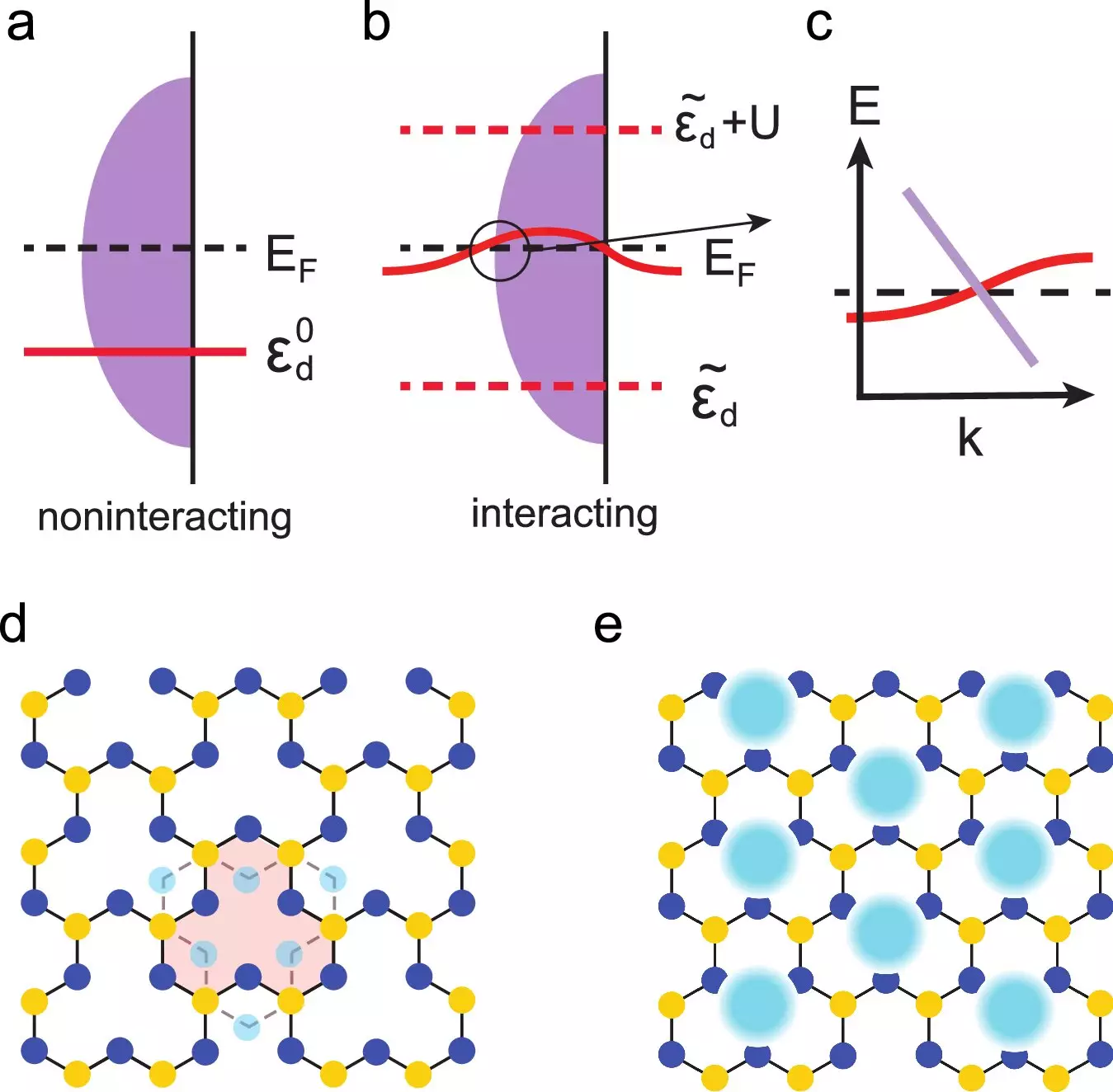The study published in Nature Communications by Rice University’s Qimiao Si and his team highlights the exciting potential of flat electronic bands at the Fermi level in the realm of quantum materials and quantum computing. This groundbreaking discovery opens up new possibilities for the design of novel electronic devices and quantum phases.
Understanding Quantum Materials
Quantum materials are governed by the principles of quantum mechanics, where electrons inhabit distinct energy states that form a ladder structure. At the highest rung of this ladder lies the Fermi energy, which plays a crucial role in determining the material’s properties. The interaction between electrons can give rise to flat bands at the Fermi level, a unique phenomenon that enhances the significance of these electronic states.
Flat electronic bands offer an avenue for enhancing electron interactions, potentially leading to the emergence of new quantum phases and low-energy behaviors. These bands are particularly valuable in transition metal ions with specific crystal lattices, where they exhibit unique properties. This discovery could pave the way for the development of quantum bits, qubits, and spintronics with enhanced capabilities.
In quantum mechanics, electrons can display quantum interference, maintaining a flat energy profile even as their momentum changes. This characteristic gives rise to flat bands, which can revolutionize electronic behavior within materials. The researchers’ theoretical model demonstrates how electron interactions can trigger a new type of Kondo effect, enabling immobile particles to gain mobility by interacting with mobile electrons at the Fermi energy.
One key attribute of flat bands is their topology, with these bands being crucial in realizing new quantum states of matter. The pinned flat bands at the Fermi energy open up possibilities for the emergence of anyons and Weyl fermions, which are massless quasiparticles carrying electric charge. These unique particles hold promise for applications in qubits and spin-based electronics, showcasing the versatility of flat electronic bands in quantum technologies.
The study’s findings suggest that flat bands could lead to the development of strongly correlated topological semimetals at relatively low temperatures. This could potentially enable the operation of advanced quantum materials at high temperatures or even room temperature, marking a significant advancement in the field of quantum computing. By leveraging flat bands in strongly interacting environments, researchers can design and control novel quantum materials with unprecedented capabilities.
The discovery of flat electronic bands at the Fermi level represents a major breakthrough in the field of quantum materials and computing. The potential applications of these bands in creating new quantum phases, enhancing electron interactions, and developing advanced electronic devices signify a bright future for quantum technologies. The transformative impact of flat bands in shaping the next generation of quantum materials cannot be understated, paving the way for groundbreaking innovations in the realm of quantum computing.


Leave a Reply